When Zhenya found a picture of a wild sable online, she instantly fell in love with it and decided to learn more about it. Turns out, the animal has one of the most expensive kinds of fur in the world. The bloody fur industry finds it superior to that of other animals due to its silky texture and range of colors from beige to black.
In Russia, the demand for sable fur is growing as it’s used to produce items such as bedspreads and even underwear. According to reports, there are around 70 farms in the country that raise and kill wild sable and other animals for their fur. And that was the destiny of the cute animal Zhenya saw on the internet; to die and become someone else’s commodity.
More info: Instagram
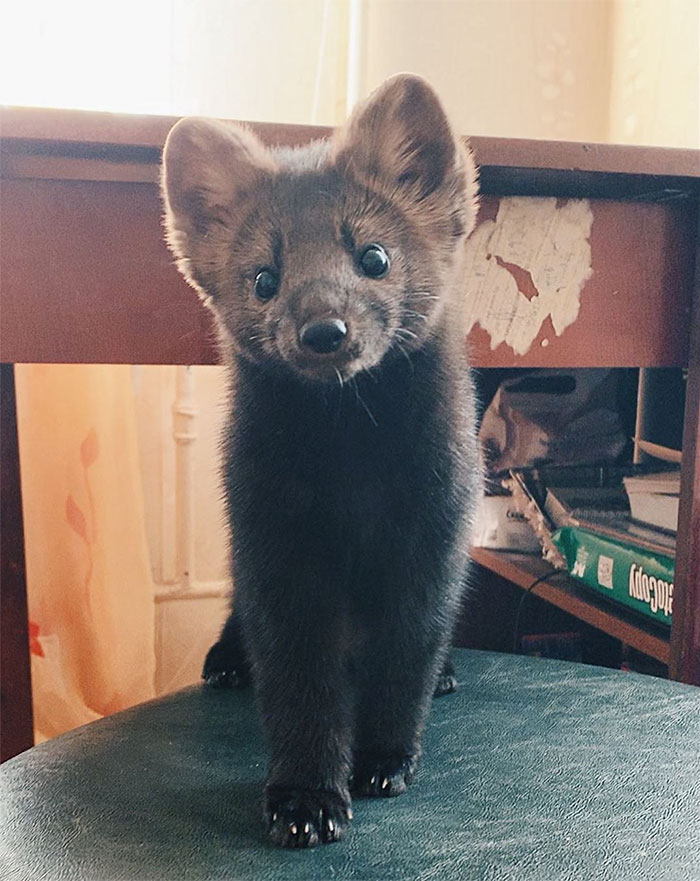
Image credits: russian_sable
Determined to do her part, Zhenya set out to rescue the poor critter. “Eventually, I learned that there was an opportunity to buy her out from a fur farm,” the woman told Bored Panda. “She would have died there, so I decided to save the little fella.”

Image credits: russian_sable

Image credits: russian_sable
Now, the two are living together and enjoying life to the fullest. However, Zhenya worked really hard for it. “Umora has a difficult personality. Living in the fur farm really took a toll on her, so she’s quite emotional, sometimes even a bit hysterical. Umora is also cheeky and likes to steal stuff. She’s very active and smart as well.”

Image credits: russian_sable

Image credits: russian_sable
All things considered, Zhenya even advises against keeping a sable as a pet. “One has to go through a lot before they can start living with it comfortably,” she said. “It requires a lot of time and patience. It might even take a couple of years for you to begin to fully enjoy your life with it.”

Image credits: russian_sable

Image credits: russian_sable

Image credits: russian_sable
In the wild, sables inhabit dense forests dominated by spruce, pine, larch, cedar, and birch in both lowland and mountainous terrain. Their home territories range from 4 to 30 square kilometers (1.5 to 11.6 sq mi) in size, depending on local terrain and food availability. However, when resources become scarce, they may move considerable distances in search of a bite, from 6 to 12 kilometers (3.7 to 7.5 mi) per day.

Image credits: russian_sable
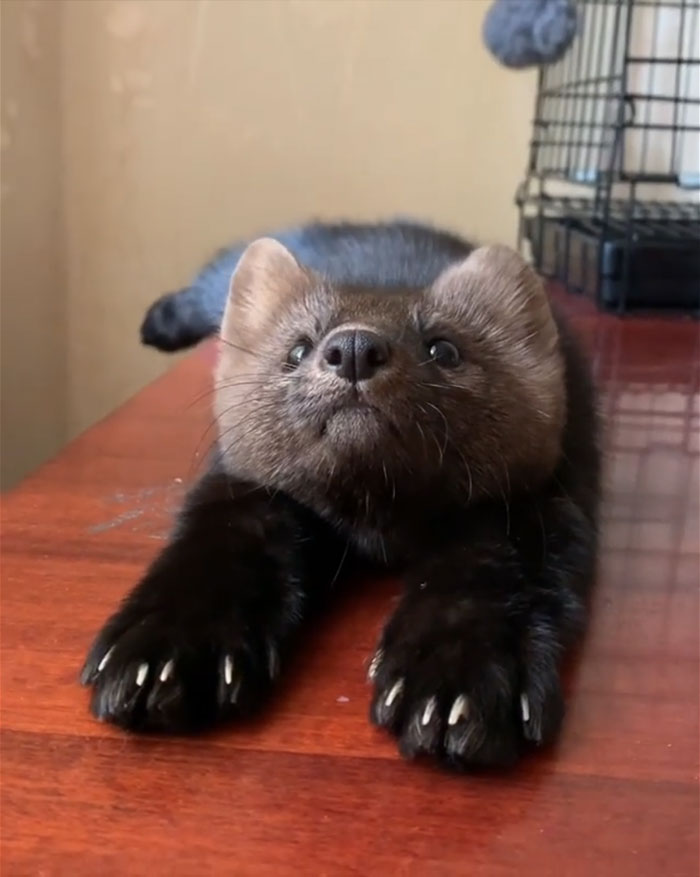
Image credits: russian_sable
Sables live in burrows near riverbanks and in the thickest corners of woods. They are good climbers of cliffs and trees and primarily hunt during the hours of twilight, but become more active in the day during the mating season.

Image credits: russian_sable

Image credits: russian_sable

Image credits: russian_sable

Image credits: russian_sable
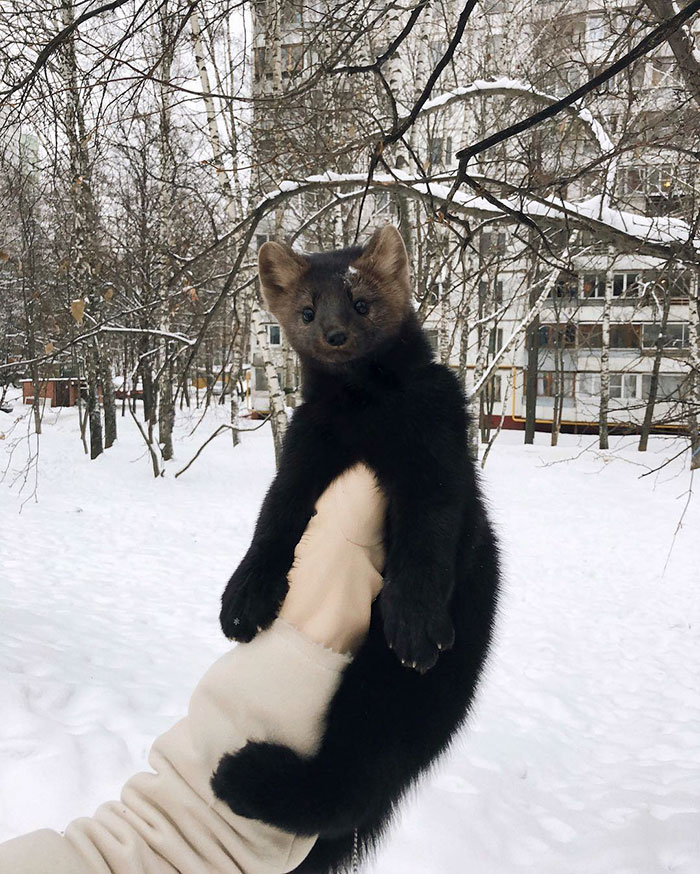
Image credits: russian_sable
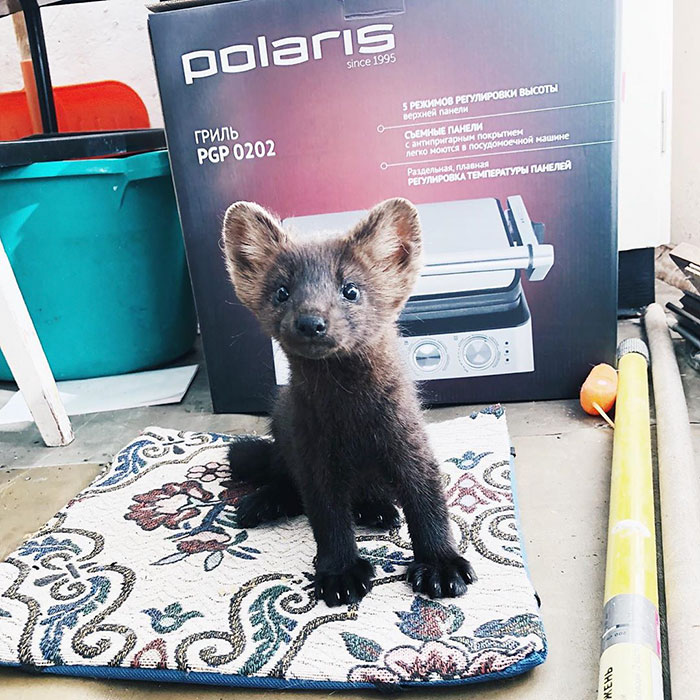
Image credits: russian_sable
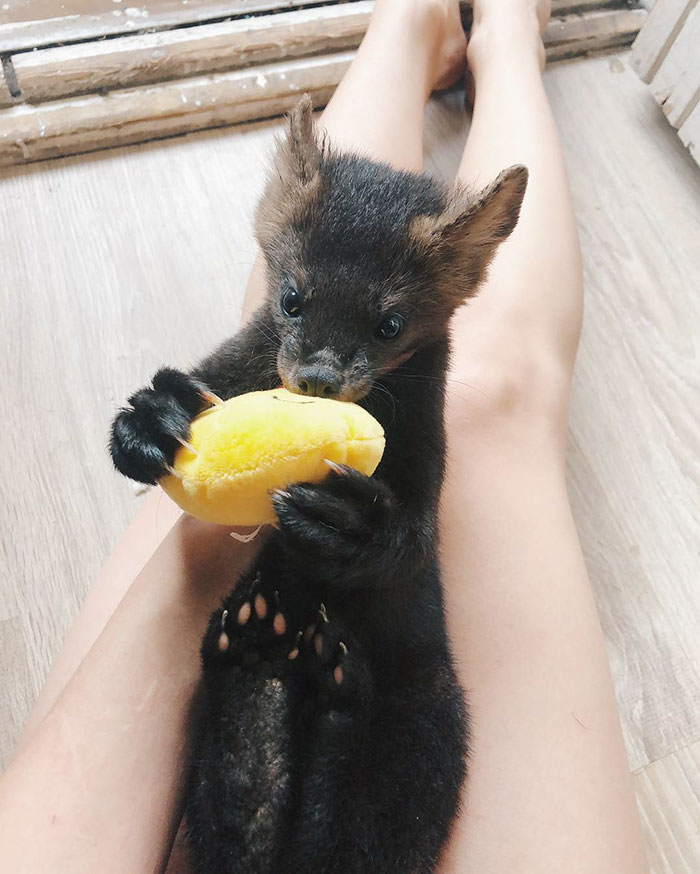
Image credits: russian_sable
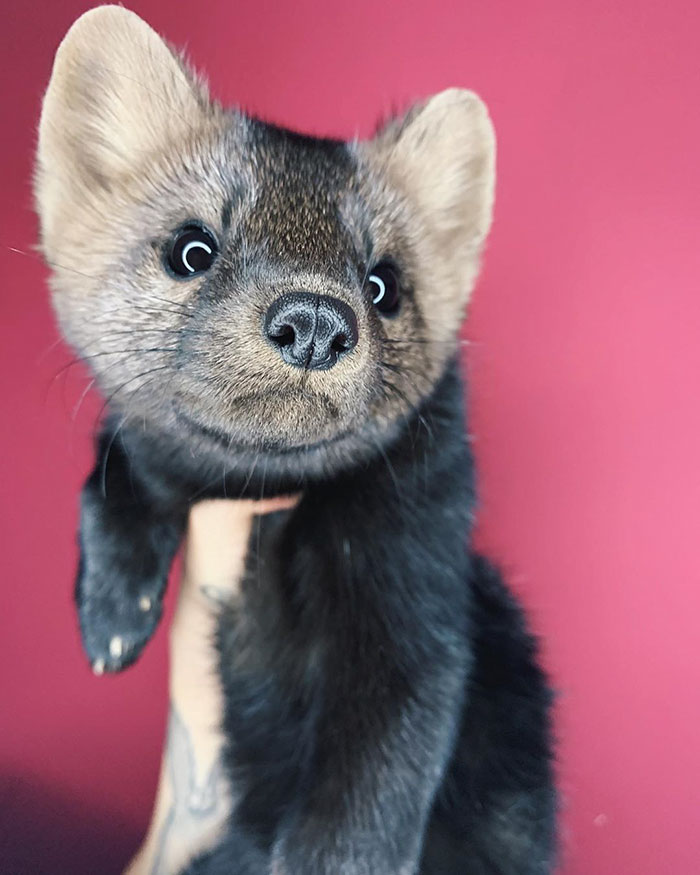
Image credits: russian_sable

Image credits: russian_sable
from Bored Panda https://ift.tt/2YeomtK

No comments:
Post a Comment